Network Information Center Leverage All-Optical Network Technology to Enable Smart Teaching
To upgrade the teaching environment of the Shensi Building, the Network Information Center coordinated a comprehensive upgrade during the winter break, with full support from leadership and all departments. During the vacation, the all-optical network was installed in 55 classrooms, thus providing robust network support for the construction of wisdom and multimedia classrooms to bolster smart teaching at CUEB. The Center builds up efficient, stable, and high-speed education informatization infrastructure with all-optical network technology, contributing to smart teaching at CUEB.
In recent years, all-optical network has emerged as a pioneering solution for network infrastructure, offering a competitive edge in modern communication and information transmission. Unlike traditional Ethernet, an all-optical network boasts a super-high data transfer rate, lower latency, and more energy efficiency. Compared with the traditional copper network, optical networks require less energy for data transmission, making great contributions to energy conservation, emission reduction, and sustainable development. Moreover, they enjoy greater capacity, scalability, and anti-interference capability, among other advantages.
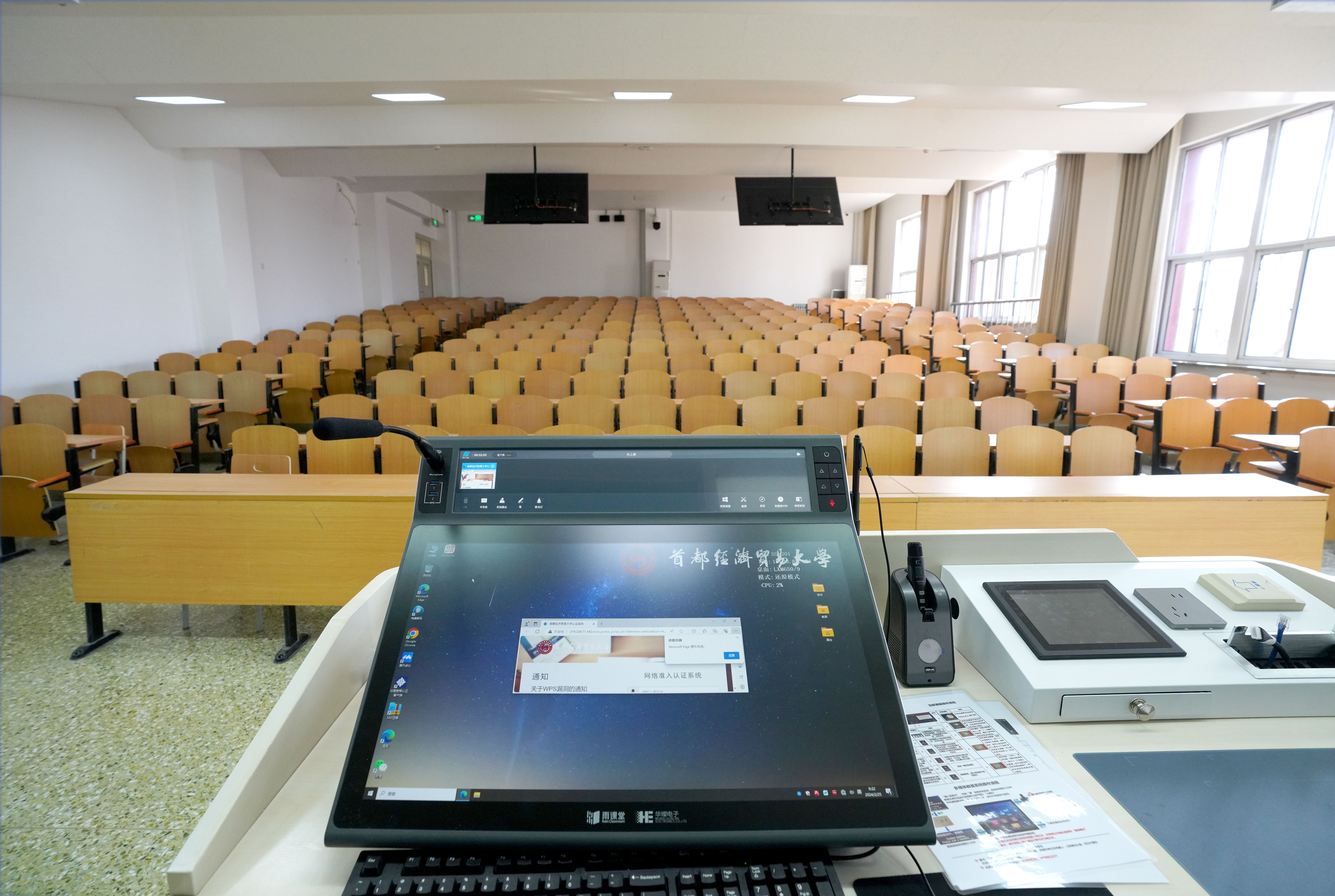

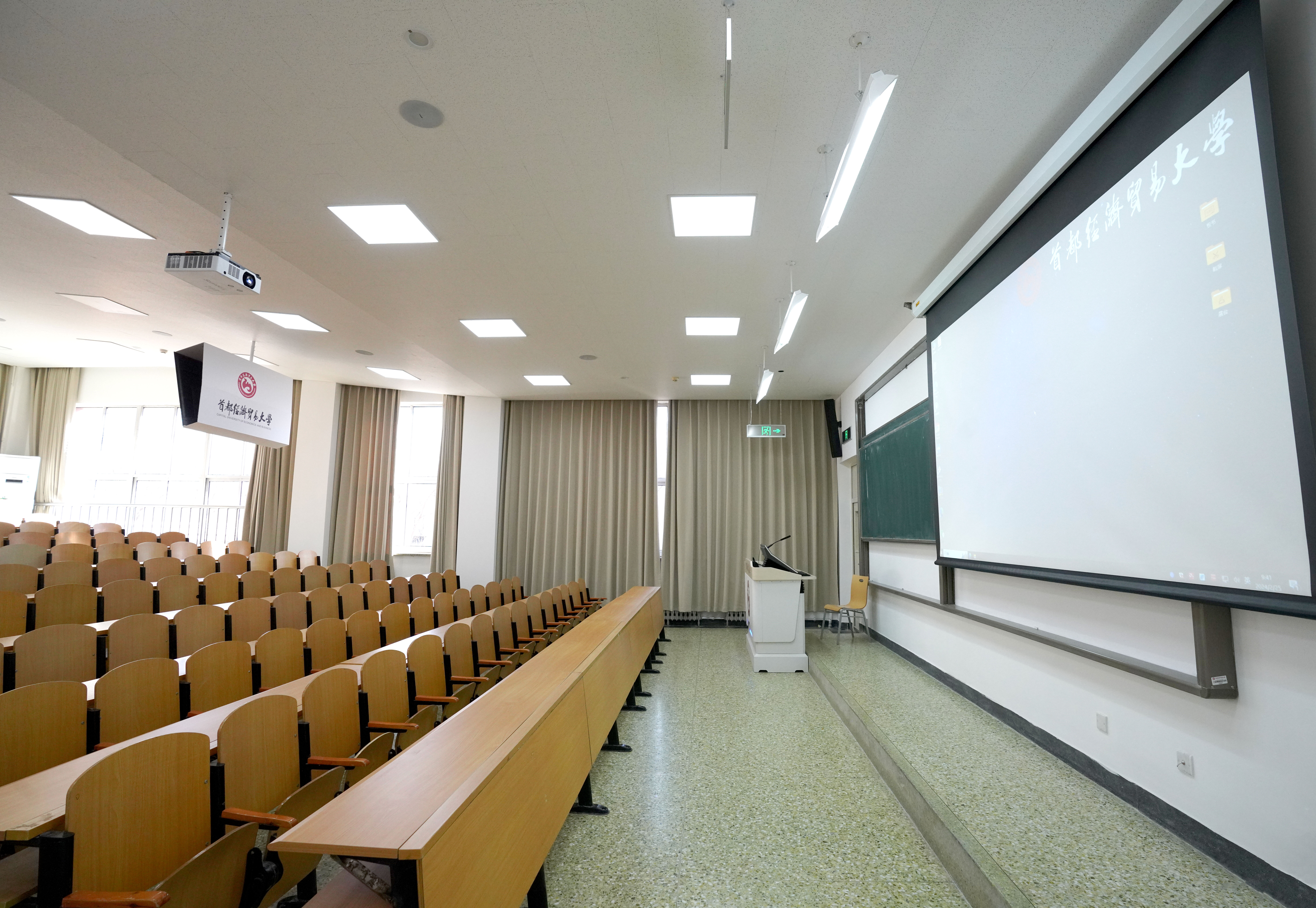
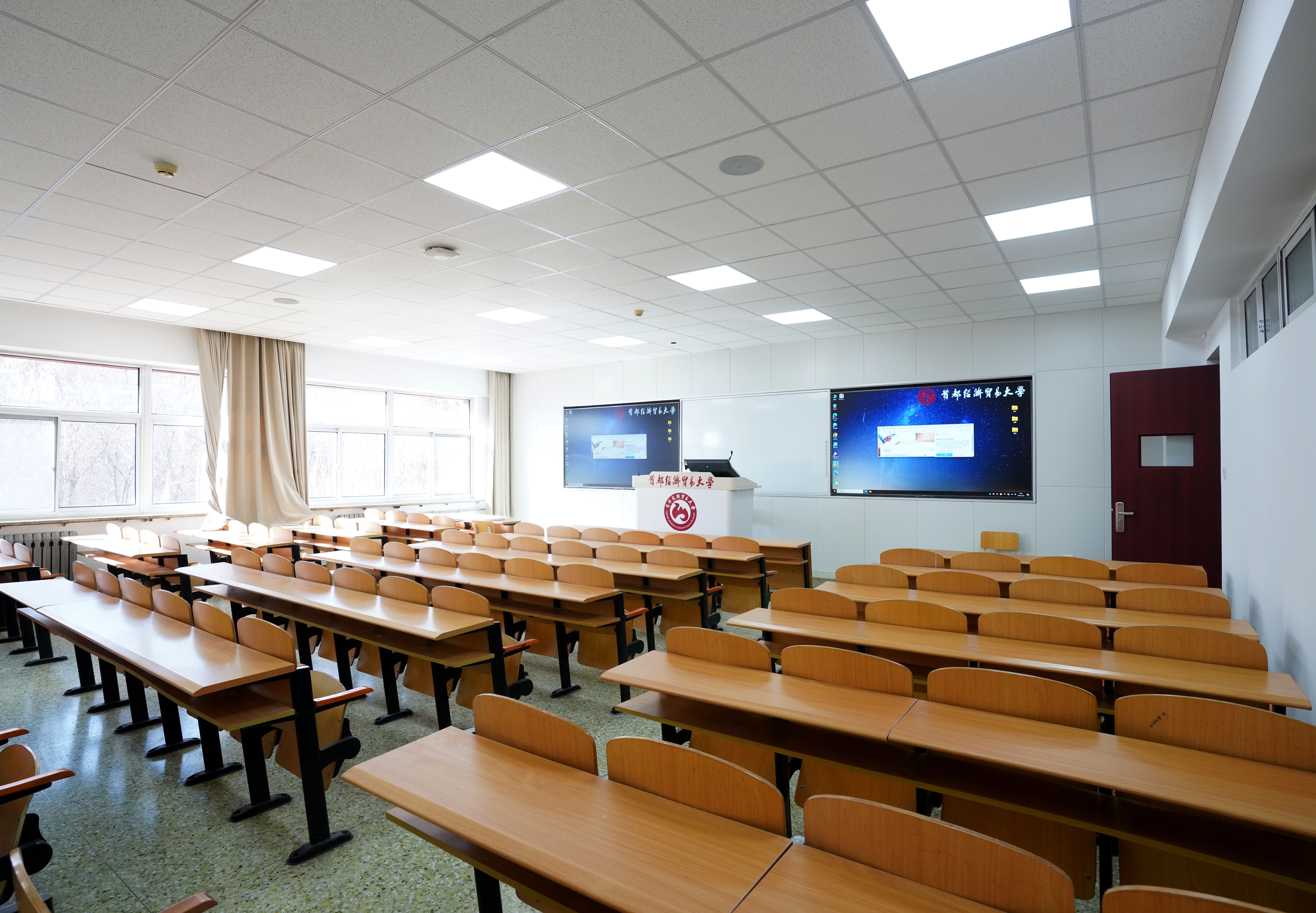
As the Internet plays a leading role in smart education, a reliable network is crucial to various applications, such as AI, and live streaming. In addition, sufficient network bandwidth and low network latency are required to transmit a great deal of data for high-definition video, virtual reality, Internet of Things (IoT), and to provide solid technical support and operational basis for intelligent applications. The Network Information Center carefully planned and executed the installation of the all-optical network within the Shensi Building, ensuring connectivity to each classroom via 8-port ONU terminals. Additionally, core machine rooms were upgraded to 10GB optical ports to improve the overall network efficiency. The network upgrading was primarily carried out during the winter vacation. Despite the tight schedule, cooperation among departments facilitated the successful completion of this work, with Center staff even working on New Year’s Eve to inspect the construction and ensure classrooms’ connectivity to the network debugging as well as timely completion of the whole project. Since the beginning of this semester, post-installation monitoring has shown the network’s reliability and significant improvement in quality.
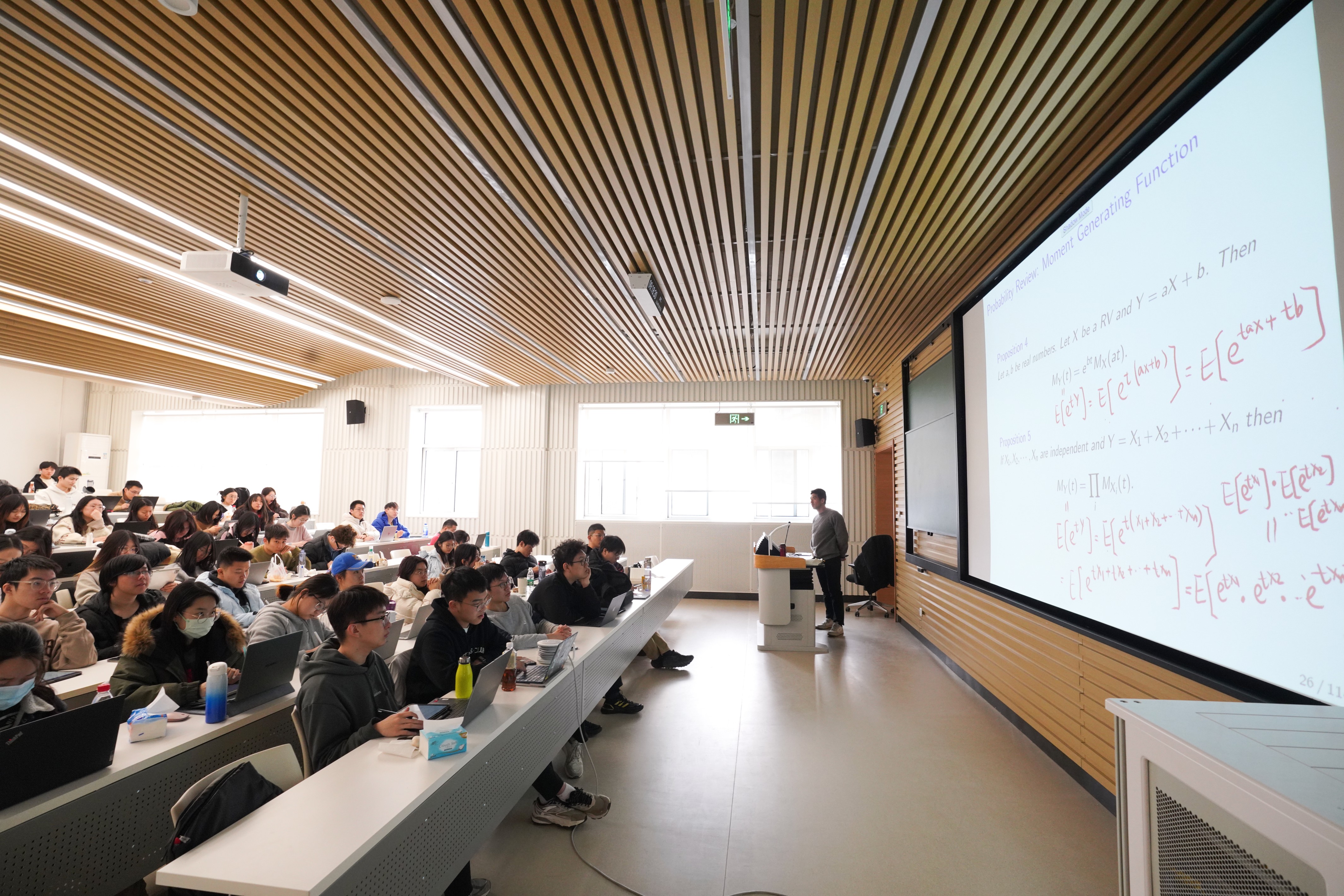
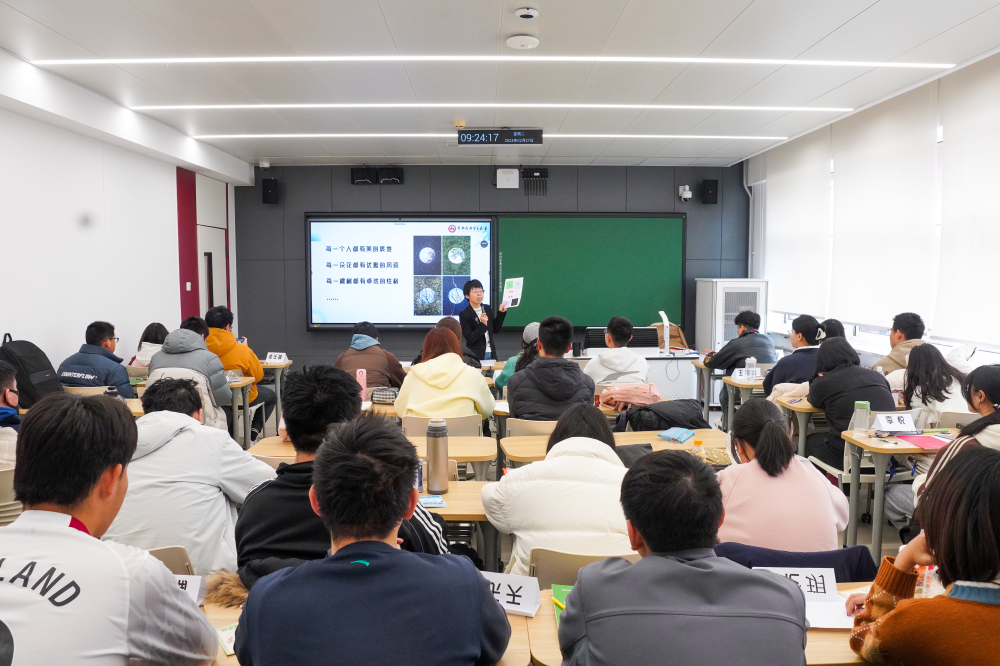
This construction is a brand-new experiment of new technology, transforming CUEB into a smart campus and optimizing the network infrastructure to solidify the “optical base” for informatization. By embracing all-optical network technology, CUEB will accelerate its digital transformation in terms of teaching environment, teaching resources, campus management, and campus services.
In recent years, the Network Information Center has made steady progress in network infrastructure, including increasing the network outlet bandwidth year by year and upgrading the IPV6 network, thus winning the title of the “IPV6 Deployment and Application Demonstration Unit” for years in a row. Going forward, the Center remains dedicated to optimizing the network to provide a greater user experience.
